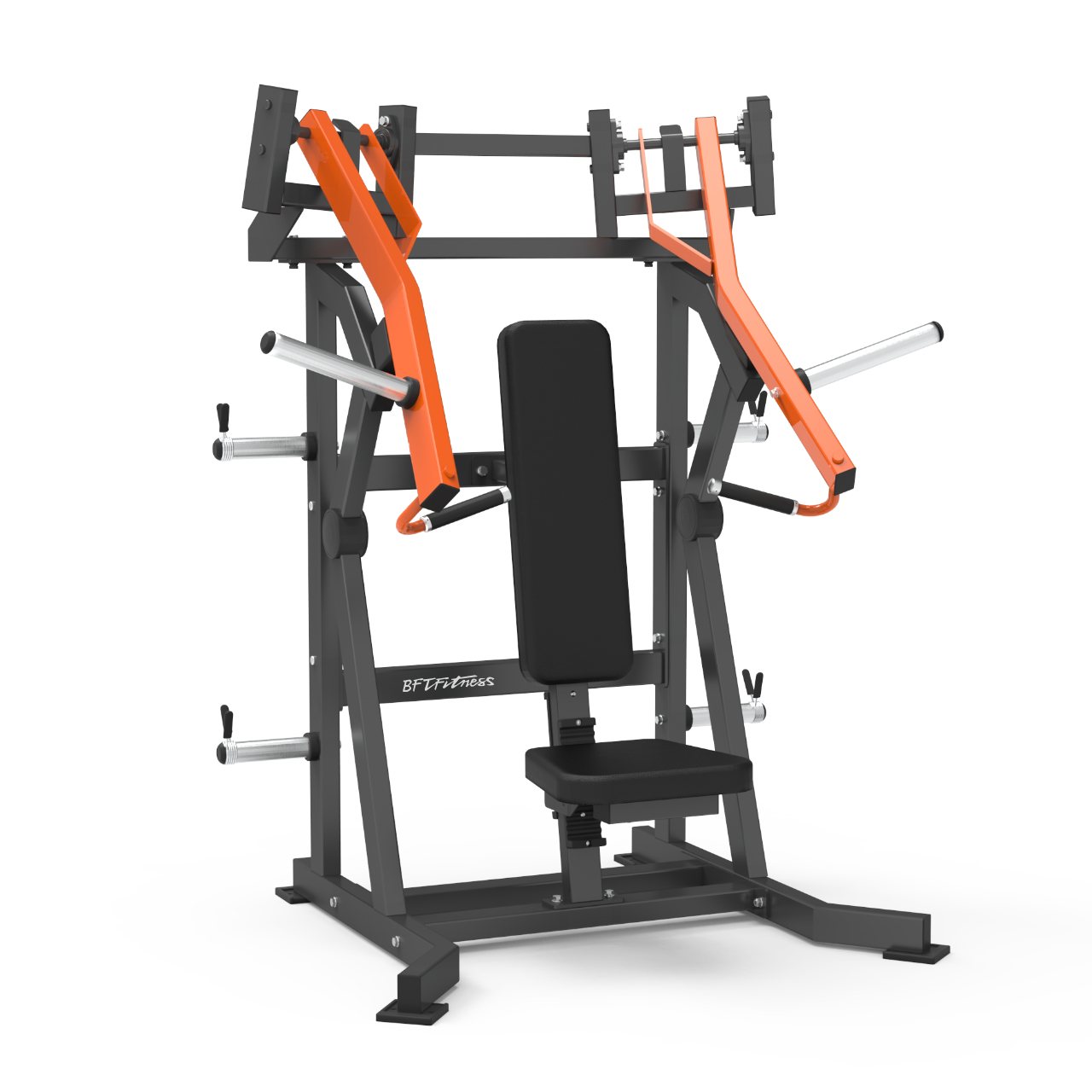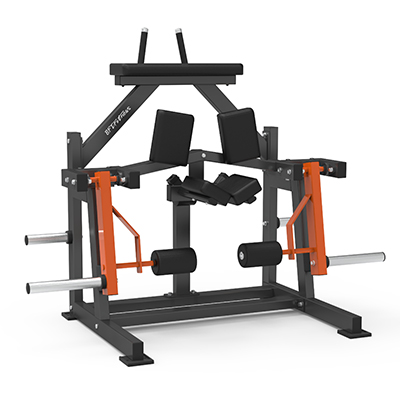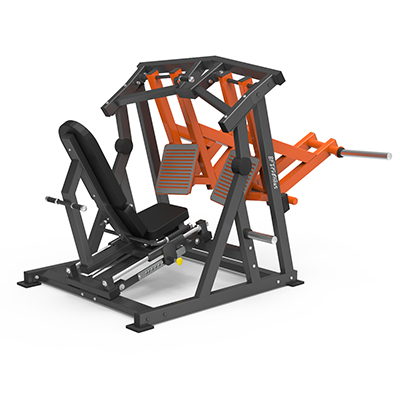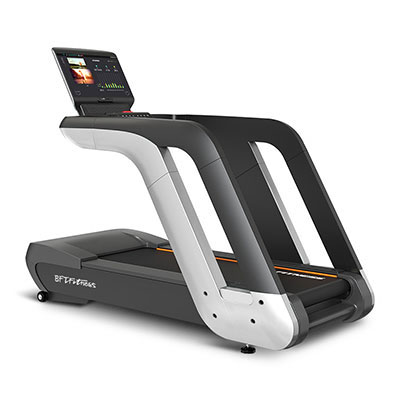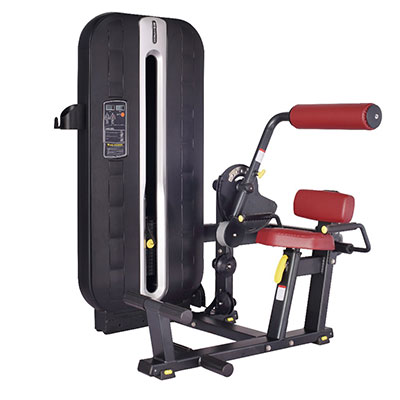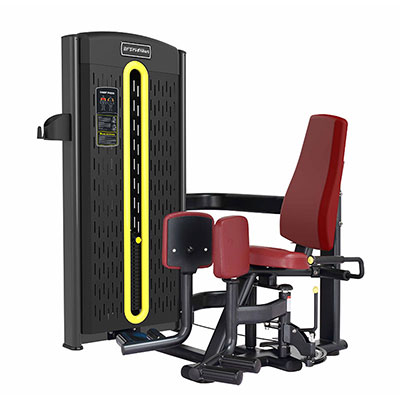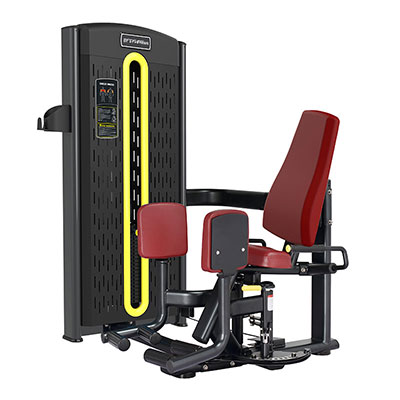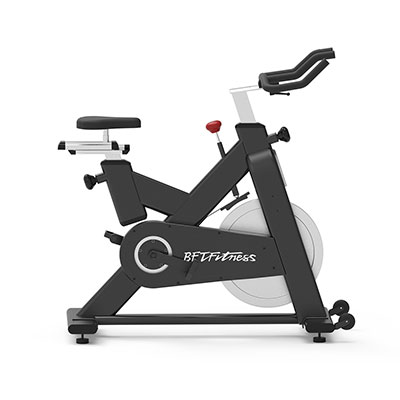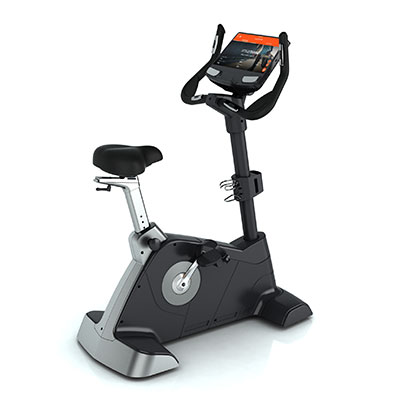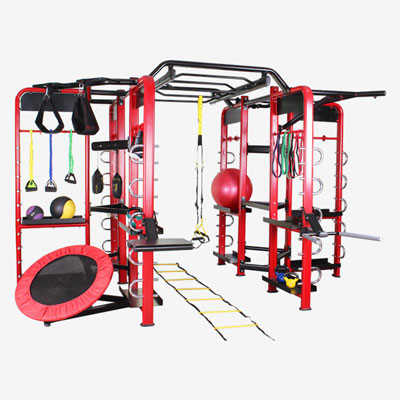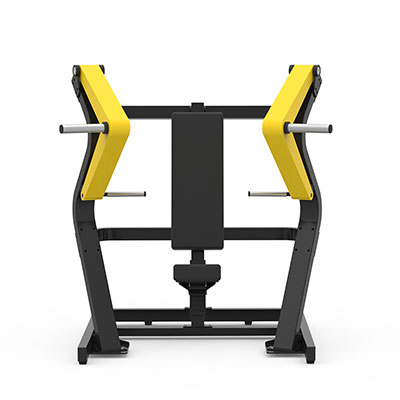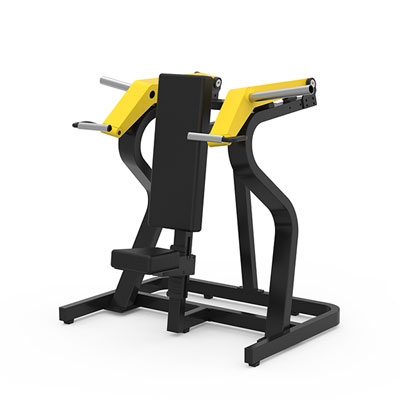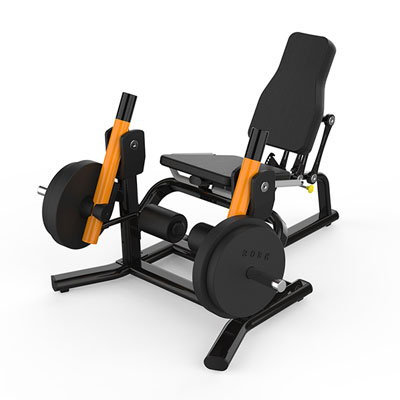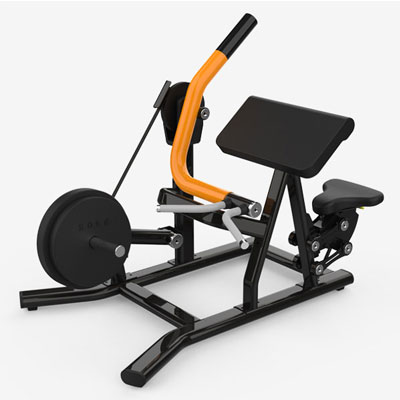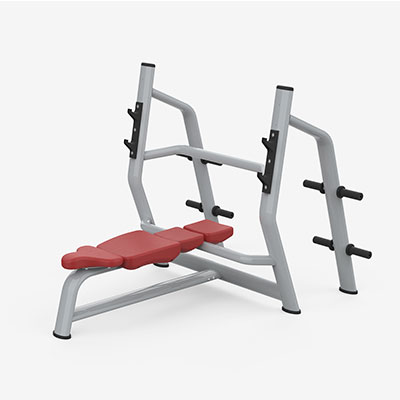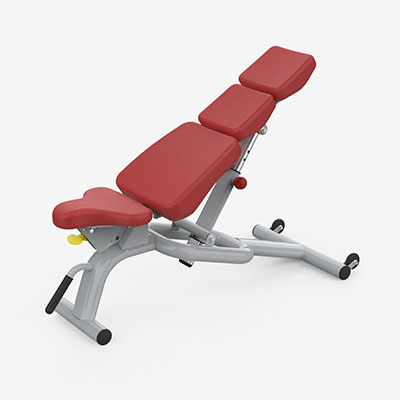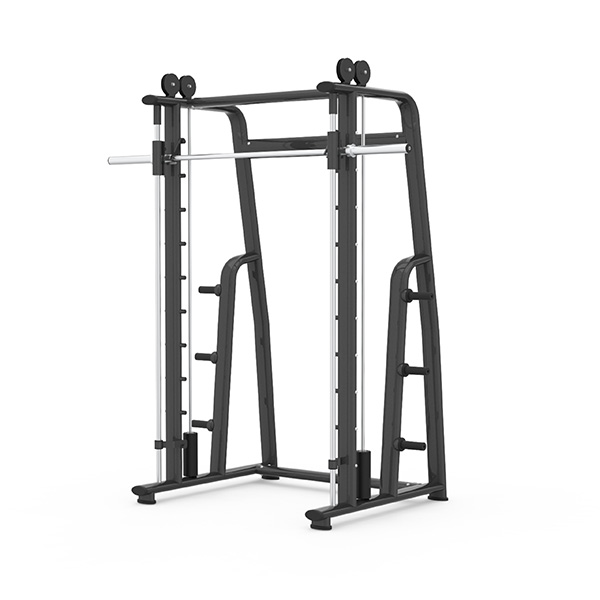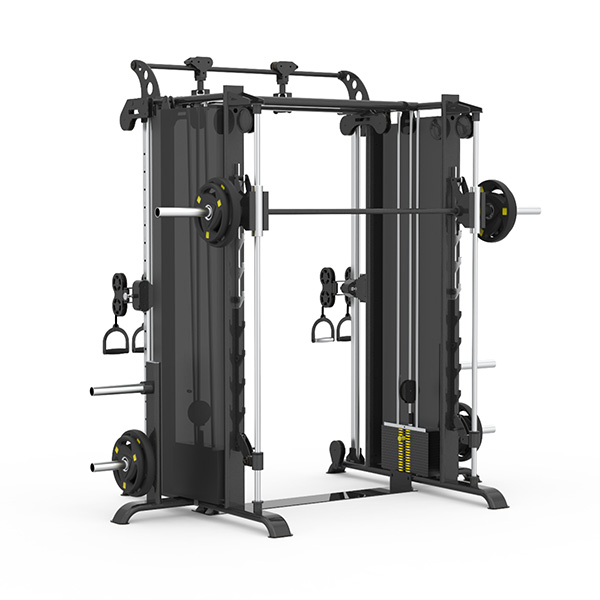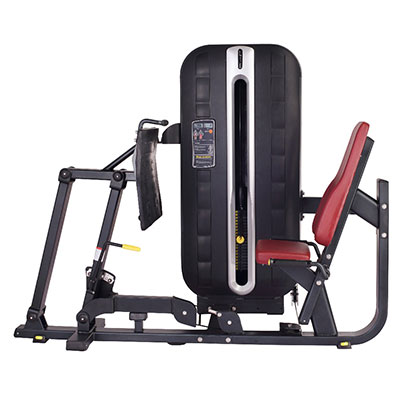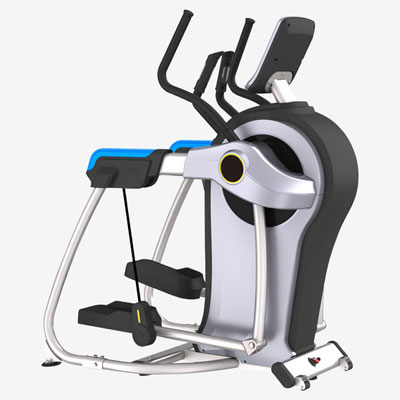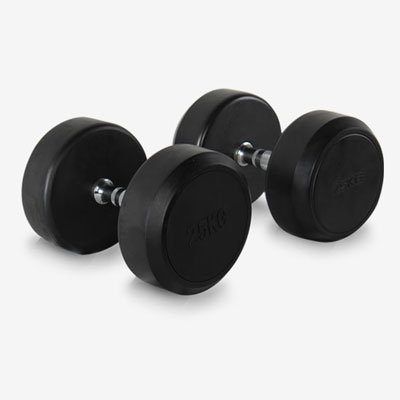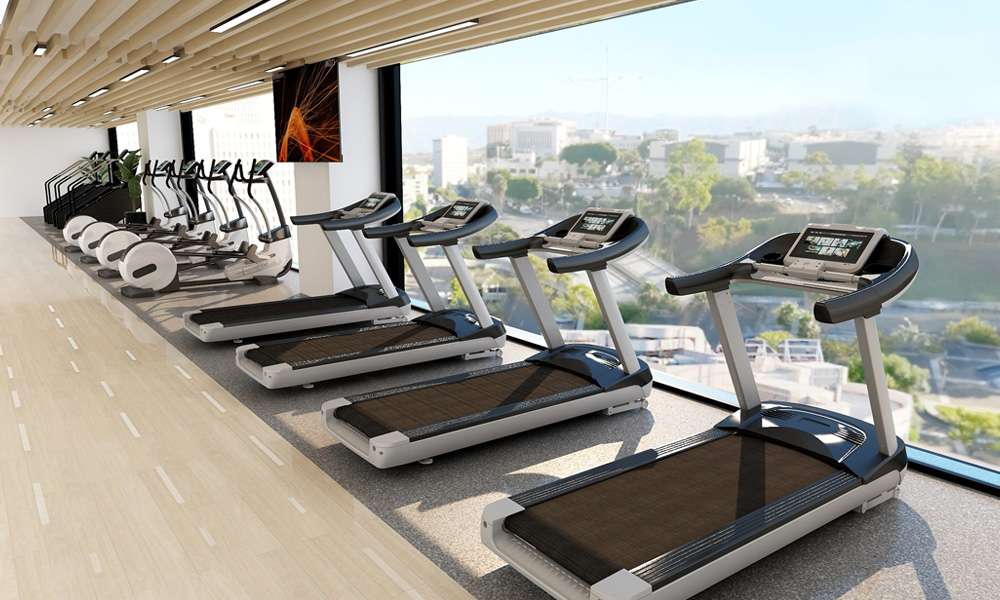How to use your bftfitness treadmills
Running on a treadmill is a great form of aerobic exercise, and can help you burn calories and improve your overall health. While it might seem that a treadmill simply involves running, you should learn how to safely use one before you begin your workout. Using the proper form, knowing that your gait and stride are a little different when running on a treadmill, and using safety features will help you avoid serious injury. Finding more creative routines can help you maximize your workout and keep you engaged in your exercise plan. Make sure you talk to your doctor before beginning any exercise routine.
1.Warm up your joints and muscles by walking before running.
Your joints and muscles work best when they’re warmed up for about 5 minutes. Get your blood flowing by walking at a slow pace on a slight incline, such as at a 2% incline. This will help you avoid injuries such as muscle strains or tears.
● Follow your run with a few minutes of walking to cool down.

2.Build up your speed gradually.
After warming up for a few minutes, increase your speed to a light jog. After 5 minutes, increase your speed slightly. Proceed to increase speed until your pace is a sprint, then gradually decelerate in 5 minute intervals.
● Consult your treadmill’s manual or talk to a trainer at your gym to learn about interval training regimens that are programmed into your machine’s computer.
● Never set your speed beyond your abilities. Always underestimate your maximum speed on a treadmill to avoid injury.
● Remember that the way you run on a treadmill is a little different from how you’d normally run. Get used to how this slight change feels before sprinting.

3.Vary speed and distance training days.
Switching up your workout routine will help you keep interest and avoid doing any damage to particular muscle groups. If you focus on speed training and you try to run at a full sprint on one day, focus on the distance the next. Sprint for five to 20 minutes on your speed day, then jog for 20 to 60 minutes on the next day. Remember to begin and end your workouts with walking to warm up and cool down.
● Check your control panel, consult your manual, or talk to a gym trainer to learn about automatic terrain settings that can simulate walking over hills.
● If you live on flat land but you’re training for a race or marathon that’ll take place in a hilly area, using terrain training functions can be a great way to build your endurance.

4.Avoid grabbing the handrails.
Holding onto the handrails will take some of your body weight off the muscles of your legs and core. This will burn fewer calories and give you less intense of a workout. If you need to take a break, bring the belt to a stop and step off for a minute.
● Don’t hold onto handrails while running or sprinting, as this can put you at a greater risk of falling.
● The major exception to this rule is if you have any balance issues or special needs to take into account. Use handrails when walking to maintain your balance, and be sure to consult your doctor about any further precautions you should take.

5.Walk with your hands above your head.
Raising your arms above your head while speed walking can improve your workout and maximize the number of calories you burn. It raises your heartbeat, making your workout more challenging, and strengthens your upper-body. Try moving your arms up and down with each stride in addition to holding them above your head for an extended period of time.
Finding More Creative Workouts

6.Add upper-body exercises to your treadmill workout.
Consider including an upper-body routine with your treadmill workout by using the handrails to do chest presses and triceps presses.Turn the belt off, or step off the belt onto the treadmill’s side tracks.
● Grip the front rail, setting your hands as wide as the rail’s length will allow. Do a set of standing chest presses by bending your arms and bringing your upper-body close to the front rail and display panel, then push yourself back up so your arms are straight.
● Face the rear of the treadmill, extend your arms, and take hold of the handrails. Do another set of chest presses using a pushup motion.
● Do overhead tricep presses with dumbbells.
● Grab a pair of light weights, such as 3 or 5 pounds, and do biceps presses as you walk for even more upper-body strengthening.

7.Walk sideways.
When you’ve gotten the hang of walking normally on a treadmill, consider lateral walking exercises, or walking with a slow side shuffle. Position yourself sideways on the belt and side-step at a speed of 1 to 1.5 miles per hour. Use a handrail as you begin your shuffle to help keep balanced.
● Begin with walking on the treadmill as normal. Hold the handrail in front of you as you walk straight, then grab hold of the handrail in the direction you’ll be turning. In one quick step, turn and shuffle. Practice on flat ground if you’re unsure of the motion.
● Walk an equal amount of time on each side so you work your muscles evenly.

8.Walk backwards.
Start off walking normally on the treadmill. Make sure the speed is set to less than 2.5 miles per hour. Turn by keeping hold of the rail on the side you’re turning into as you did when you shifted into a side shuffle. Reach for the other side rail and grab hold to keep your balance as you pivot from the shuffle position to backwards walking position.
● Use a high incline setting to maximize your leg workout.
● Switch backwards and forwards walking every two minutes to mix up your routine and exercise different muscles.

9.Consider enrolling in a class or purchasing a treadmill workout video.
Check to see if there are any treadmill classes available at your local gym. If you enjoy social settings, classes can help you stay engaged in your exercise routine. If you have a treadmill at home, look into workout videos, which offer challenging and unexpected ways of using a treadmill set to a pace and order designed by a fitness professional.


